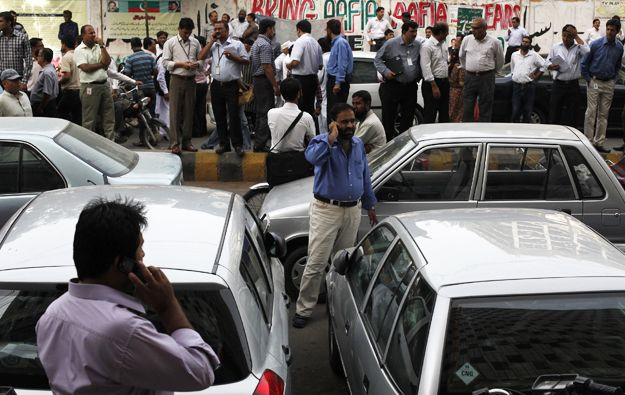Iran, Papua New Guinea And Oklahoma Earthquakes 2013: Multiple Quakes Shake The World

Earthquakes shook widely separated parts of the world Tuesday.
A 6.6 magnitude earthquake hit Papua New Guinea Tuesday night, with the state of Oklahoma experiencing unprecedented seismic action for the area during the same period, according to the United States Geological Survey. Iran also felt a 7.8 quake that injured many people on Tuesday, the USGS said.
A tsunami warning has not been issued for Papua New Guinea, where residents are used to quakes due to their close proximity to the Pacific “Ring of Fire.” There have yet to be any reports of injuries or fatalities as a result of the quake.
Though Oklahoma experienced less intense quakes, the area was shaken by the unusual event. The Oklahoma Geological Survey's Seismologist Austin Holland said about the 4.3 quake that stuck just after 12:56 a.m.: "We can't tell if it's going to get worse and this has been such an odd set of earthquakes that it's hard to say what might come in the future, not that we can predict the future anyway."
The quake had a depth of 3.1 miles and was about 30 miles from Oklahoma City. A 3.0 shake preceded the temblor, with two aftershocks with magnitudes of 2.8 and 3.3 nearby within 20 minutes of the initial quake, the USGS said.
According to some reports, if Oklahoma’s 4.3 earthquake had been similar in magnitude to Papua New Guinea’s there would have been massive damage to the state. There currently is no word of damage or injuries, the USGS said.
Southeast Iran was just hit with its worst quake in 40 years, the New York Times reported on Tuesday. Its reverberations could be felt as far as India, but according to Iranian officials the quake happened so far underground in a sparsely populated area that it only resulted in a few causalties and minor damage.
“We still do not have an accurate number of casualties but due to the low population density, we foresee the number of casualties is not high,” Mohammad Sarvar, head of Iran’s Emergency Medical Service, was quoted as by Fars news agency.
A precautionary state of emergency was declared in the region.
© Copyright IBTimes 2024. All rights reserved.






















